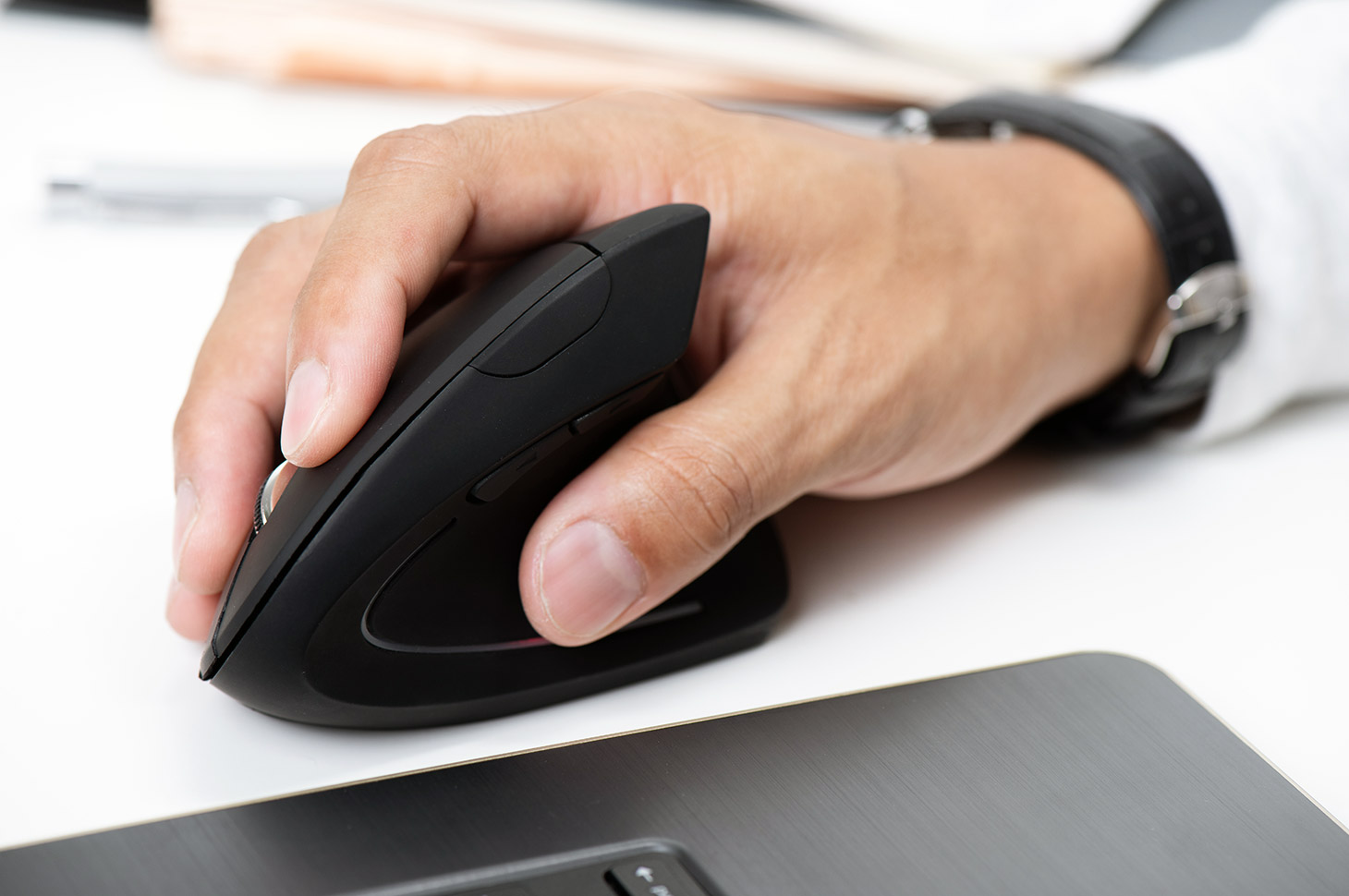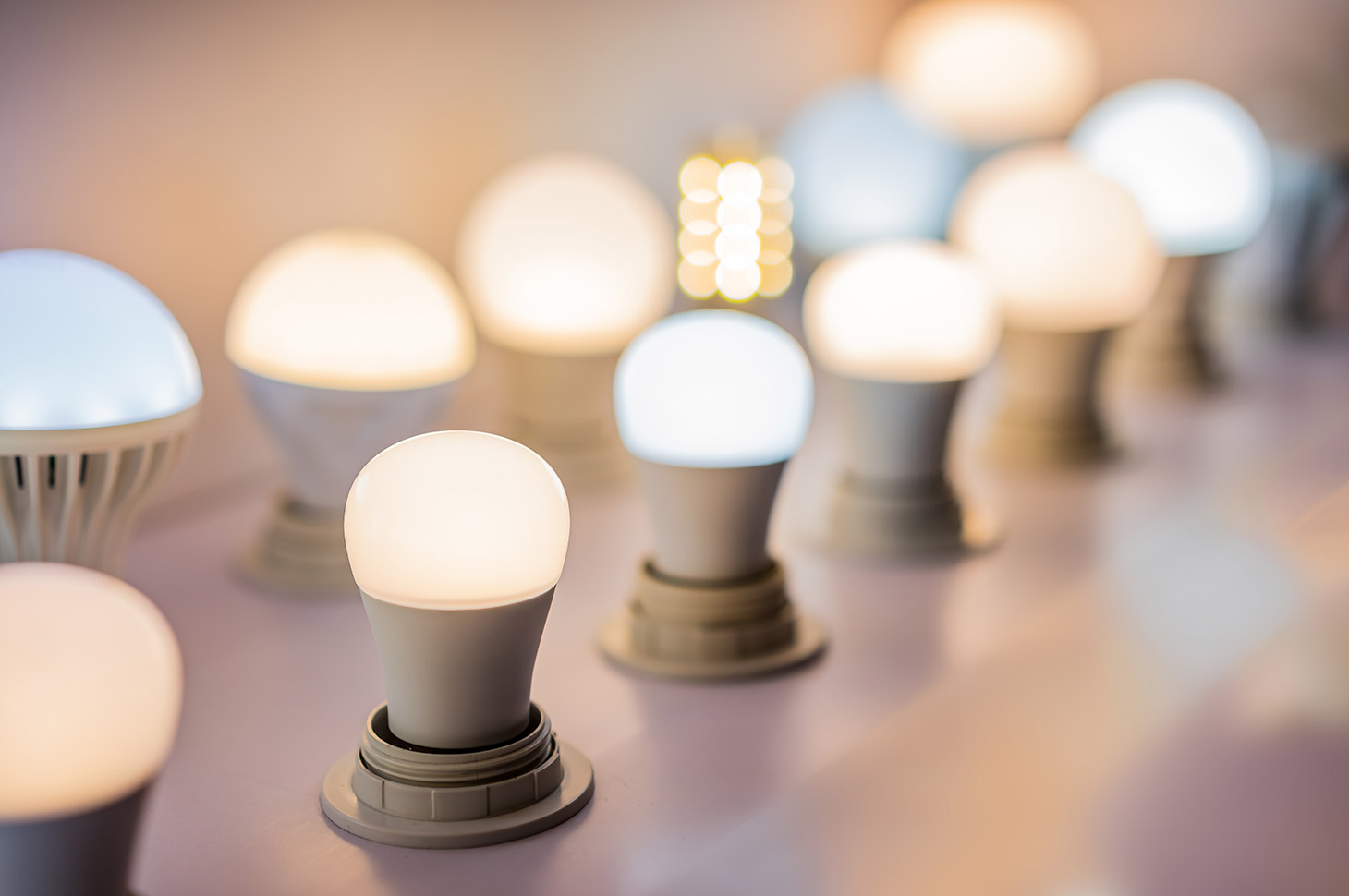A great desk may not produce great work, but a bad work space can cause all sorts of problems — from poor work to serious health problems. In this post, we discuss in brief the five main ergonomic problems in the workplace, and how you can fix them all.
1. Upgrade furniture
Using uncomfortable furniture that lacks back and neck support can often lead to poor posture such as slouching or tucking your legs under the chair, which constricts blood flow and increases pressure on the spine, causing discomfort, swelling, and pain.
If you start your workday with a nice, straight back and end it like a shrimp with scoliosis, take a hard look at your chair. You may need one with adjustable back and height. If during or after sitting you get a tingling sensation in your lower back, try tucking a pillow behind it.
If there’s no room for your legs except tucked under, your elbows droop, and the monitor is very close, then you need a higher and more spacious desk. Use a calculator to find the right chair and desk for your height.
Using a laptop on a couch or in bed changes head tilt and overloads neck muscles, causing pain and discomfort. If you have the option to use a nonstandard work setup, take a look at standing workstations, laptop stands, and other options that may suit your body better.
Don’t rush to buy the shiniest gear out there; price reflects quality to some extent, but spending more doesn’t guarantee you’ll get what you need. Shop around and try out different models. Listen to your body, not salespeople.
2. Modernize equipment
When using the keyboard or mouse, do your forearms go numb, or do you get wrist spasms? Those may be early symptoms of carpal tunnel syndrome, which can lead to neuropathy and other problems. We recommend checking with your doctor, but at the same time, look at keyboard and mouse options that may relieve your stressed extremities.
A keyboard that is too high or too low holds wrists in an unnatural position, and working on a regular straight keyboard can cause swollen and tired muscles in the hands. Ergonomic keyboards might look weird, with their curves and differently proportioned keys, but they place less strain on the hands and wrists, making it easier to type.
Also, if your mouse is the wrong shape for you, or has buttons that require too much force to press, look for one designed with ergonomics in mind. For example, a vertical mouse (held from the side rather than on top) can feel strange at first, but it will also reduce wrist and forearm stress.
With laptops, things are more complicated. It’s easy to swap one mouse for another, but changing a laptop’s integrated keyboard would be problematic. One option is to place the device on a different surface, making sure to position it best for your wrists, not forcing them to flex up or hang down.
Speaking of laptops, forget the name and don’t hold yours on your lap, which can be harmful to the device (blocking an air vent, for example), but more important, to you.
Finally, consider your displays. Determine the angle at which you look at your screen or screens. Too high will strain your eyes; too low and you’ll end up hunched over and hurting your neck and back. If you find yourself straining forward, you may need a larger display.
Pay attention to how your eyes feel throughout the workday. If looking at the screen is uncomfortable, try changing its brightness.
3. Adjust lighting
If you suffer from headaches and eye strain during or after work, improper, insufficient, or excessive lighting may be the culprit. Ideally, light should be evenly distributed throughout the room, not, for example, just surrounding a table lamp when darkness falls.
Choose lamps with the same color temperature (different shades in the same room can irritate the eyes and cause headaches), and remember to replace the bulbs regularly. Cold light — meaning light with a color temperature above 5300 Kelvin — is more suitable for workplace environments; warm tones are relaxing and cold tones may improve concentration.
Bear in mind that not all Kelvin and lumen levels are equal. Two bulbs with the same color temperature and brightness can shine very differently. That is because, in addition to the simple and understandable characteristics that manufacturers print on boxes, spectral qualities of LEDs and strobing effects can be a bit more abstruse. In many cases, cheap bulbs emit a strongly flickering light with a distinctly yellowish, blueish, or greenish tint. Such light irritates some people, either noticeably or subconsciously. We advise reading online about light bulb tests, then trying out different options for yourself.
Natural light is important for healthy vision, so it’s best to set up your workstation near a window if possible. That said, try to avoid having the sun shine directly on your display; the screen glare can be annoying and affect concentration. You’ll get better results from a window off to your side — and drawing the blinds or curtains as needed.
4. Calm the environment
Invasive noises, external odors, an uncomfortable temperature, and low humidity can all affect mood, concentration, productivity, and general well-being.
If you get tired quickly and feel uncomfortable in general, think about the conditions in which you work. Ventilate the room to reduce CO2 level and even out the humidity level (a humidifier or dehumidifier can help as well), good air condition helps to avert breathing problems, headaches, and dry sinuses. Dampen noises with noise-canceling headphones and other tricks.
Organize your work space: Piles of paper, dirty mugs, and other unnecessary stuff is distracting, and it’s hard enough to concentrate for eight hours a day even without any mess.
5. Increase mobility
No matter how ergonomic your workplace is, you still have to move around and stretch your limbs. Try a combination or sequence of positions, sitting in a different chair, lying down (if you use a laptop), and standing up (if your desk accommodates it).
The Internet is full of useful exercises that take less than five minutes but help loosen up a stiff body. Bored with the usual bending and squatting? Try yoga designed for desk workers or office breaks.
Conclusion
If you’re experiencing health problems, a poorly arranged workstation may be only partly to blame. For pain that won’t go away, seek treatment from a doctor. And if you feel fine at work, there’s no need to splurge on extra fancy equipment — your space already ticks the ergonomic box.
 remote working
remote working




 Tips
Tips